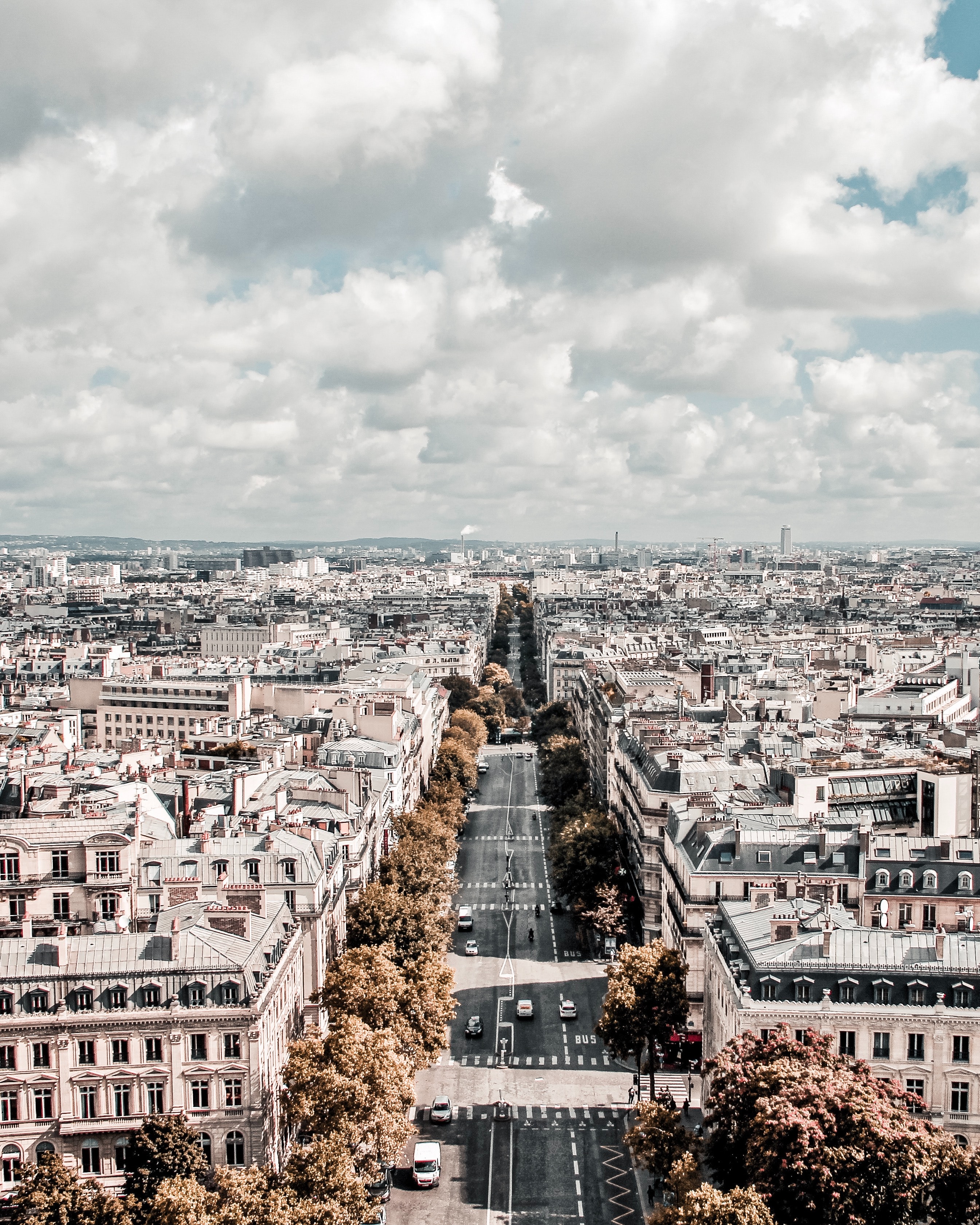Ari Blatt, “State of Place, State of Mind: Vernacular Landscapes in Contemporary French Photography”
Since the mid-1980s, art photographers from metropolitan France have been training their lenses on places throughout the country they call home. Their work constitutes a dynamic, thoughtful, and altogether transformative way of envisioning what on the surface might seem like perfectly mundane locations, but which the photographs endorse as landscapes endowed with the capacity to expand and indeed “scape” our experience and understanding of modern France. My current book project, The Topographic Imaginary: Attending to Place in Contemporary French Photography, introduces readers to a selection of some of the most compelling artists who exemplify this trend. Particularly sensitive to the physiognomic state of the nation today—and to environments both natural and manmade—the pictures they produce depict diverse sectors of terrain from throughout urban, peri-urban, and rural France. They are especially adept at rendering the variegated contours and surface features of some of the nation’s most unheralded and vernacular landscapes more visible than they have ever been before. As they investigate various zones of the real that, under most conditions, would normally elude us, these images contribute to a consistently emerging sense of place and shape our gaze of late twentieth- and early twenty-first-century France in exciting new ways. They invest the places they picture with meaning and re-negotiate how the nation has come to be seen. They revisit, challenge, and disorient dominant conceptions associated with the French photographic tradition and the mythologies it has engendered. And they show how contemporary photographers deploy the medium and experiment with its conventions to reimagine a more traditional and time-worn idea of the country’s shared common space.
